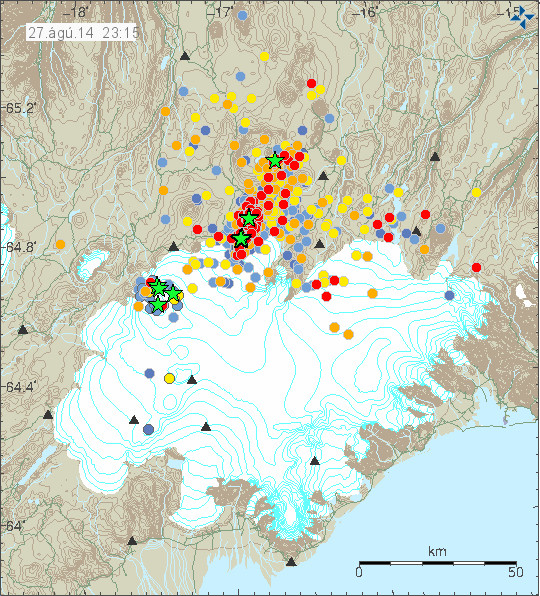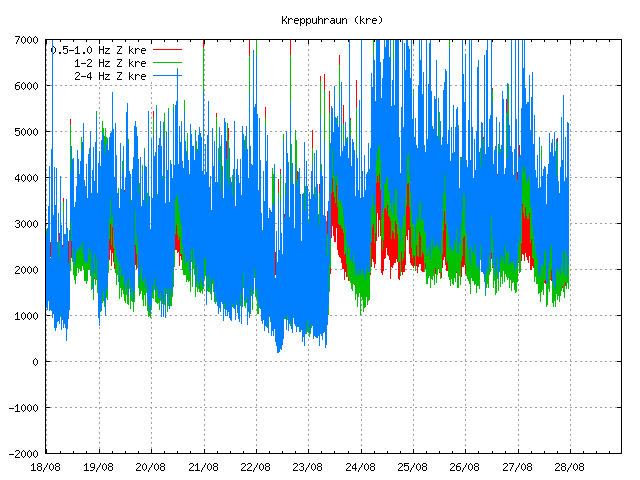This is a none picture update on Askja and Bárðarbunga volcanoes. The reason for this none picture update is that I haven’t had time to work on the images yet. This is the first time this has happened in Iceland since modern recording started. What is going to come out of this I do not know yet.
If you are in the area. Please don’t go into the closed area. There are fines for during so and it is also extremely dangerous since we don’t know properly what happens and risk of sudden flood is high and growing. Eruption might start at any time without warning, both outside the glacier and inside the glacier. If an eruption takes place in a glacier covered area, that means sudden glacier flood that are going to kill you if you are in flood path. In such glacier flood it is not just mud, volcano material, but also an ice bergs that are larger than 5 floor houses. If you get lost in such flood, the chance of being rescued from such flood are none. If you want to watch what is now unfolding do so at the save distance, this show is going to big according to my earliest estimate and guess work (not going to publish that here).
Askja volcano
- The dyke from Bárðarbunga volcano has entered Askja volcano. Not the fissure swarm, the volcano it self.
- Askja volcano status has been elevated to Yellow.
Bárðarbunga volcano
- Cauldrons in Vatnajökull glacier that is on top of Bárðarbunga volcano have not grown during the night.
- The water seems to be flowing into Grímsvötn (Grímsfjall volcano) lake. It has risen close to 15 meters in the past few days.
- Earthquake activity is high. Both in the main volcano were a magnitude 5,4 earthquake (EMSC magnitude, USGS magnitude) took place today (28-August-2014) at 08:13 UTC. The earthquake took place in the caldera rim as most of the large earthquakes have happened.
- Over 1300 earthquakes happened yesterday in the north end of the dyke swarm.
- Cracks have started to happen in the crust above the dyke. This means the dyke is getting wider and is higher up in the crust then suggested by earthquake activity. There are reports of small cauldrons in Dyngjujökull glacier in the area, in the place were the glacier is thinnest and ending.
- Harmonic tremor remains high on all SIL stations around Bárðarbunga volcano.
The situation is extremely dynamic and is going to change fast in next 24 to 48 hours. I am now close to 80% sure that an eruption is going to take place in both Askja volcano and Bárðarbunga volcano, since minor eruptions have been taking place under the glacier already.




